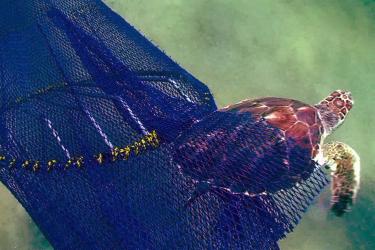Turtle Excluder Device Results
Turtle Excluder Device Double Cover Flap Modification Final Rule
NOAA Fisheries is amending the turtle excluder device (TED) regulations that require most shrimp trawlers to use TEDs in the southeastern Atlantic and the Gulf of Mexico to reduce the incidental capture of endangered and threatened sea turtles during…
Effective
06/30/2024
Turtle Excluder Device Opening Final Rule
NOAA Fisheries is amending the turtle excluder device (TED) regulations to enhance their effectiveness in reducing sea turtle mortality resulting from trawling in the southeastern United States. NOAA Fisheries has determined that:
- some current…
Effective
06/30/2024
